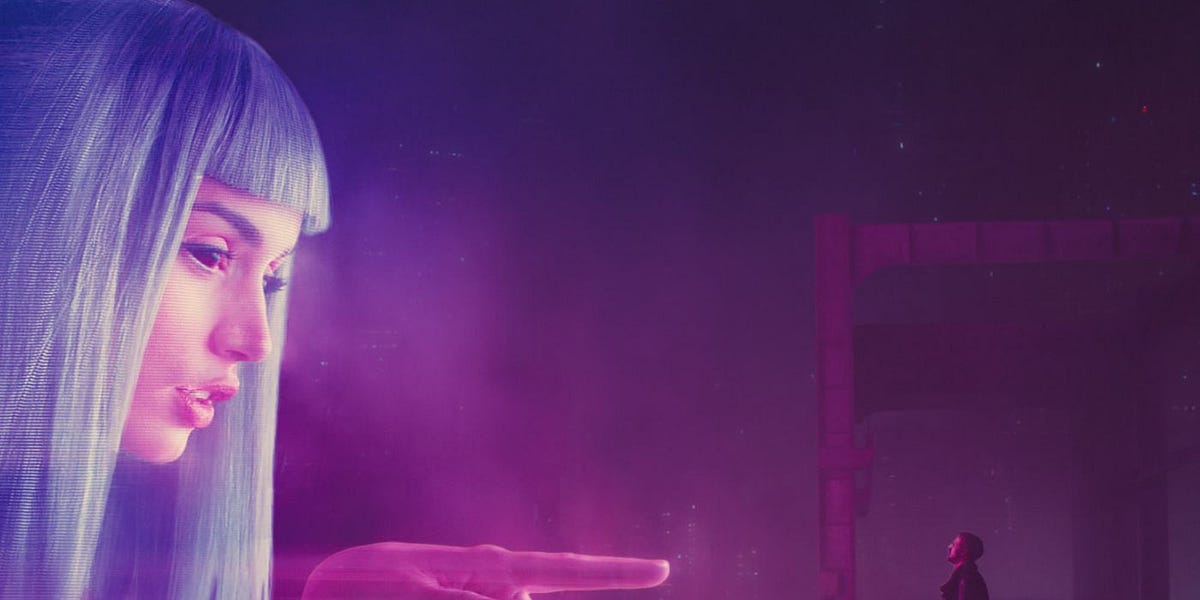AI's Communication Revolution: We're All Talking to Computers Now

🌈 Abstract
The article discusses the communication revolution driven by AI, particularly the launch of OpenAI's GPT-4o and its implications for the future of human-computer interaction. It explores how AI is transforming communication from human-to-human to human-to-machine, drawing parallels to the movie "Her" and the potential social and cultural impacts.
🙋 Q&A
[01] AI's Communication Revolution: We're All Talking to Computers Now
1. What are the key capabilities of OpenAI's GPT-4o demonstrated in the article?
- GPT-4o can reason across audio, vision, and text in real-time, allowing it to engage in multimodal communication.
- In a demo, GPT-4o was able to correctly identify objects (an apple and a banana) and translate between English and Spanish when prompted.
2. How does the article compare GPT-4o to the movie "Her"?
- The article notes that the movie "Her," which depicts a man falling in love with an AI, has become more prescient in light of the capabilities demonstrated by GPT-4o.
- Both the movie and the AI technology suggest that science fiction is becoming reality, with humans increasingly communicating and interacting with AI systems.
3. What are the different types of AI-centric communication platforms and applications mentioned in the article?
- The article discusses AI-powered chatbots and virtual companions, such as Replika and Chai, which have seen a rise in usage.
- It also mentions enterprise-focused AI communication platforms like Sierra and Glue, as well as the potential for AI-to-AI communication to automate various tasks.
[02] The Shifting Landscape of Human Communication
1. How has the composition of human communication changed over time, according to the article?
- The article presents a simplified chart showing the shift from in-person communication to virtual communication, and suggests that in the future, a significant portion of human communication will be with AI systems.
- It notes that the previous shift towards virtual communication (e.g., social media, messaging apps) led to the rise of major tech companies, and speculates that the shift towards AI-centric communication may give rise to new companies and business models.
2. What are the different categories of communication platforms and technologies discussed in the article?
- The article identifies five categories: IRL (in-person), Bilateral (one-to-one messaging), Parasocial (one-to-many), Many-to-Many (forums, communities), and AI-Centric.
- It provides examples of innovation and trends within each category, highlighting the potential disruption that AI-centric communication may bring.
3. What are the potential social and cultural impacts of the shift towards AI-centric communication discussed in the article?
- The article raises questions about how humans may change their communication patterns and social behaviors as a result of interacting more with AI systems.
- It suggests that we may become more impatient or interrupt each other more, and that there could be broader mental health and social implications, as discussed by researchers like Jean Twenge and Jonathan Haidt.